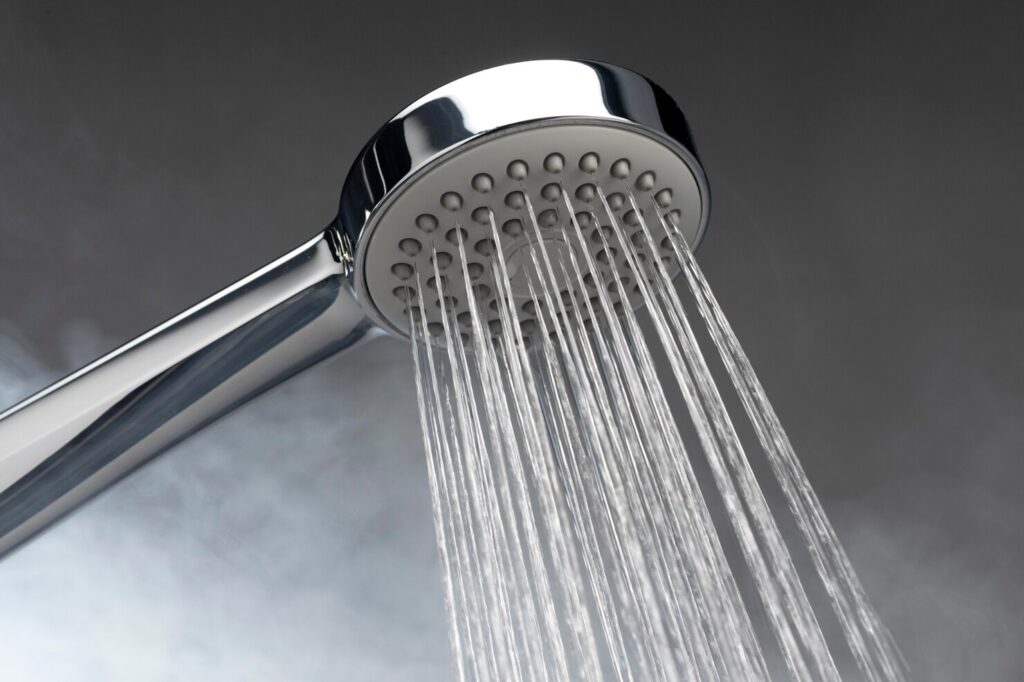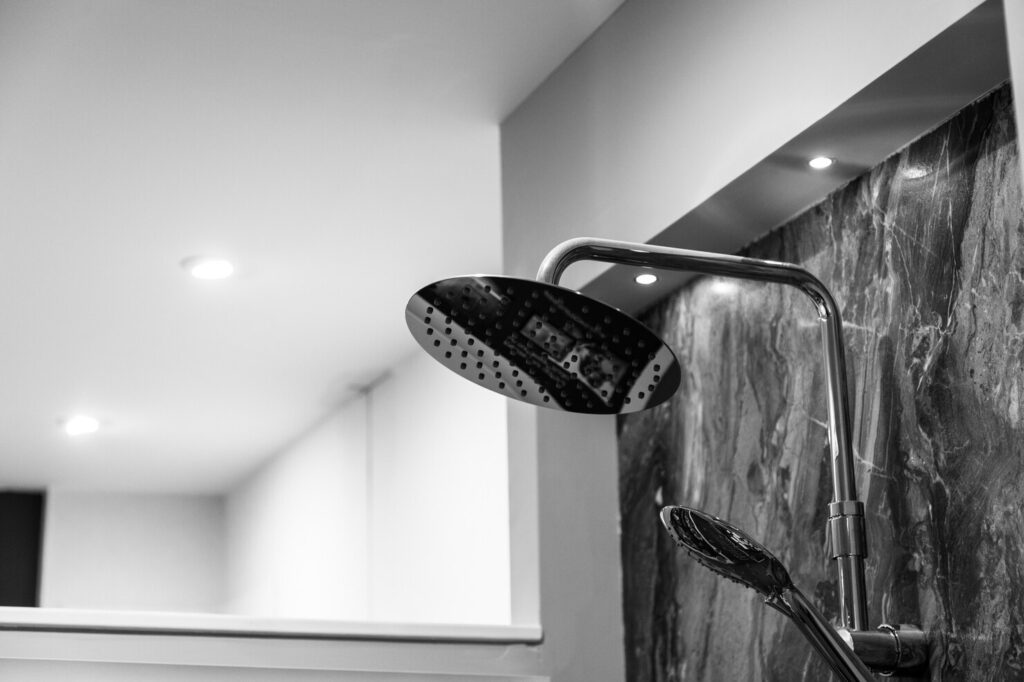How Far Shower Drain From Wall
When considering the installation of a shower drain, it is imperative to take into account numerous crucial factors to guarantee adequate functionality and adherence to building codes. Among these considerations, one pivotal aspect is establishing the standard distance between the shower drain and the wall.
This document aims to provide a comprehensive overview of the recommended measurements, procedures for adjusting the distance, common challenges associated with improper placement, a detailed step-by-step installation guide, and recommendations for preserving the correct distance to optimize drain performance.
Factors to Consider Before Installing a Shower Drain
Before the installation of a shower drain in the bathroom, it is imperative to take into account multiple factors. These include the current plumbing layout, adherence to building codes, and the overall design and floor plan of the area. This meticulous consideration is essential to guaranteeing adequate water flow and conformity to building regulations. Moreover, it is crucial to ascertain the necessary space and proximity requirements to ensure optimal functionality and visual appeal.

Location of Existing Plumbing
The positioning of current plumbing fixtures is a critical factor in determining the ideal location for the installation of a new shower drain.
During the evaluation of the current plumbing configuration, it is imperative to take into account how the positioning of pipes and drains will interact with the new shower drain. It is essential to ensure that the placement of the new drain aligns with the existing water supply and waste drainage systems to prevent any issues related to water flow or potential leaks. By conducting a thorough examination of the existing plumbing connections and fixtures, one can identify the most strategic position for the new drain, optimizing efficiency and minimizing the potential for future maintenance issues.
Building Codes and Regulations
Adherence to local building codes and regulations is imperative for the safe and lawful installation of a shower drain. These safety standards are established to guarantee that the structure is constructed correctly, thus reducing the likelihood of accidents and ensuring the durability of the installation. By conforming to these regulations, contractors and homeowners can have assurance in the knowledge that the shower drain has been installed properly.
Building inspections play a critical role in verifying compliance with codes and granting permits, functioning as checkpoints throughout the installation process to validate that everything meets the required standards. Proper compliance with building codes not only protects the occupants but also enhances the overall integrity of the property.
Standard Distance Between Shower Drain and Wall
The conventional distance between a shower drain and the wall is a critical measurement that guarantees appropriate installation and functionality. Industry standards commonly advocate for specific proximity to adhere to plumbing requirements and established practices.
Recommended Measurements
The recommended plumbing distance between a shower drain and the wall typically falls within the range of 12 to 15 inches, a critical aspect of proper installation and functionality of the shower. This range is established to provide sufficient space for the piping while upholding structural integrity.
It is important to note that variations in these measurements may arise due to diverse bathroom layouts. For instance, in smaller bathrooms, it may be necessary to reduce the plumbing distance to around 12 inches to maximize space utilization. Conversely, in larger bathrooms, a distance closer to 15 inches may be preferable to facilitate easier access during maintenance and repair activities.
Adjusting the Distance Between Shower Drain and Wall
It may be required to adjust the distance between the shower drain and the wall during installation to meet specific layout and design specifications, thereby ensuring optimal plumbing functionality and aesthetic appeal.
Options for Moving the Drain
There are various methods available for relocating a shower drain, such as rerouting the plumbing system and repositioning the drain for optimal placement.
Rerouting the plumbing system entails establishing a new route for the drain to follow, which may necessitate cutting into existing pipes and redirecting them to a different location. While this approach offers greater flexibility in determining the new position of the shower drain, it can be a intricate and time-consuming procedure.
Conversely, repositioning the drain involves shifting the physical placement of the drain within the shower floor. This technique may be less complicated than rerouting the plumbing system; however, it still requires meticulous planning to ensure that the drain is positioned correctly for effective drainage.

Common Issues with Improper Distance
Inadequate separation between the shower drain and the wall can result in prevalent issues, such as inefficient water drainage, leaks, and maintenance complexities. Each of these complications necessitates distinct solutions to mitigate potential long-term damage.
Potential Problems and Solutions
The inadequate installation of a shower drain can result in a range of issues such as inefficient water drainage, leaks, and structural deterioration, necessitating immediate attention to preserve the bathroom’s structural integrity.
Ineffectively installed shower drains may cause slow drainage of water, resulting in standing water in the shower and the potential growth of mold. A common consequence of improper installation is leaks, which can not only harm the flooring but also contribute to structural degradation over time. Resolving these challenges may require the engagement of a professional to evaluate and rectify the drain installation.
Routine maintenance practices, including the clearance of debris and the use of drain guards, can prevent clogs and ensure the unhindered flow of water. Timely detection and resolution of any indications of leaks can help prevent the need for costly repairs in the future.
Installing a Shower Drain at the Proper Distance
The proper installation of a shower drain at the appropriate distance from the wall necessitates adherence to a systematic guide that aligns with installation protocols, guaranteeing functional effectiveness and alignment with building regulations.
Step-by-Step Guide
This comprehensive guide presents a step-by-step approach to the installation of a shower drain, emphasizing the importance of precise placement in accordance with plumbing principles.
- Commence by accurately measuring and marking the designated location for the shower drain on the floor, ensuring alignment with the drain pipe. Utilize a level to guarantee precision.
- Subsequently, carefully cut a hole in the floor to accommodate the drain, following all safety protocols when handling tools.
- Upon completion of the hole, administer a layer of waterproofing material around the aperture to mitigate the risk of leaks.
- Proceed to insert the drain flange and securely fasten it in place.
- Interconnect the drain pipe with the existing plumbing system, conducting meticulous leak and drainage tests to identify and resolve any potential issues before concluding the installation process.
Maintaining the Correct Distance Between Shower Drain and Wall
Ensuring the appropriate distance between the shower drain and the wall is crucial for optimal drain performance and long-term household upkeep, effectively mitigating common issues like leaks and inadequate water flow.
Tips for Ensuring Proper Drain Functionality
For the proper functioning of drains, it is crucial to implement regular maintenance and water management practices, which include performing routine checks and cleaning procedures to prevent blockages and leaks.
Incorporating these straightforward tasks into one’s regular household regimen can significantly mitigate the risk of expensive repairs and water-related damages. Consistent inspection schedules play a vital role in the early detection of potential issues, such as corrosion or clogs, enabling timely intervention. Engaging in proactive maintenance not only prolongs the lifespan of drains but also facilitates efficient water flow, thereby preventing the accumulation of stagnant water that may result in unpleasant odors and microbial proliferation. It is important to bear in mind that a modest investment in care today can avert substantial complications in the future.
Frequently Asked Questions
How far should a shower drain be from the wall?
The standard distance for a shower drain from the wall is 2 to 3 inches. However, this can vary depending on the type of shower and drain system being used.
What is the minimum distance for a shower drain from the wall?
The minimum distance for a shower drain from the wall is typically 2 inches. This is to ensure proper water flow and prevent clogging.
Can the distance between a shower drain and wall be increased?
Yes, the distance between a shower drain and wall can be increased, but it should not be more than 4 inches. Any further than that can cause water to pool and not drain properly.
What factors determine the distance between a shower drain and wall?
The type of shower pan, the location of the drain, and the type of drain system are all factors that determine the distance between a shower drain and wall.
Can the distance between a shower drain and wall affect the overall drainage system?
Yes, if the distance between a shower drain and wall is too close or too far, it can affect the overall drainage system and cause clogs or slow draining.
Is it important to follow the recommended distance for a shower drain from the wall?
Yes, it is important to follow the recommended distance for a shower drain from the wall to ensure proper water flow and prevent potential plumbing issues in the future.






